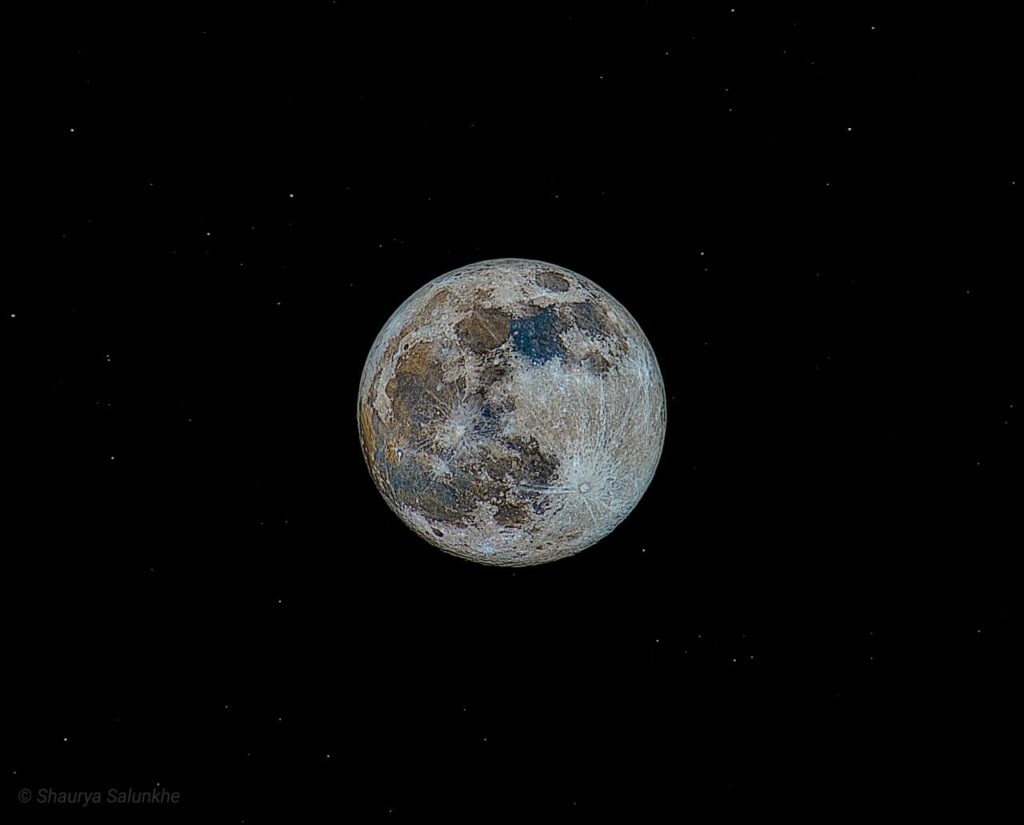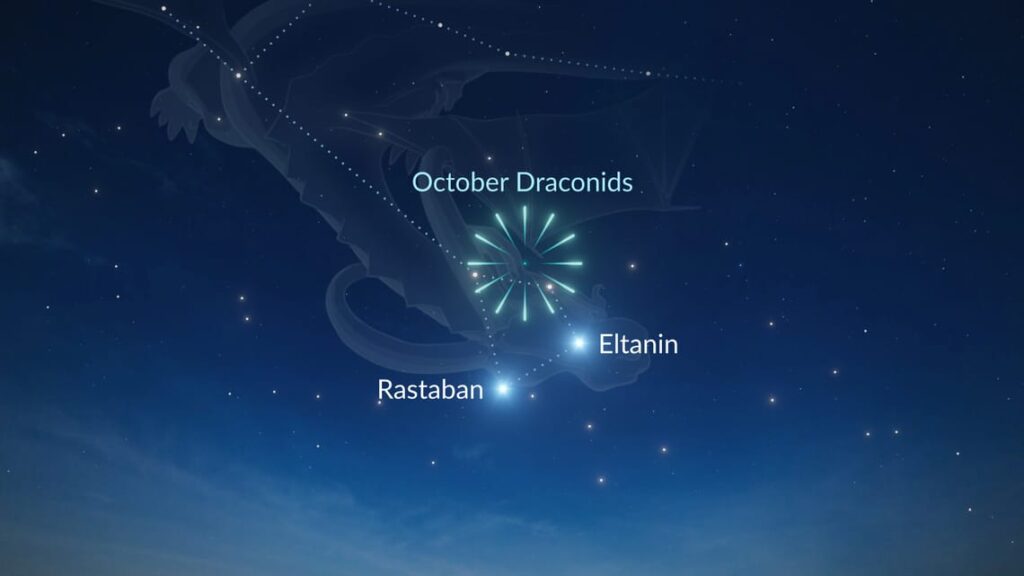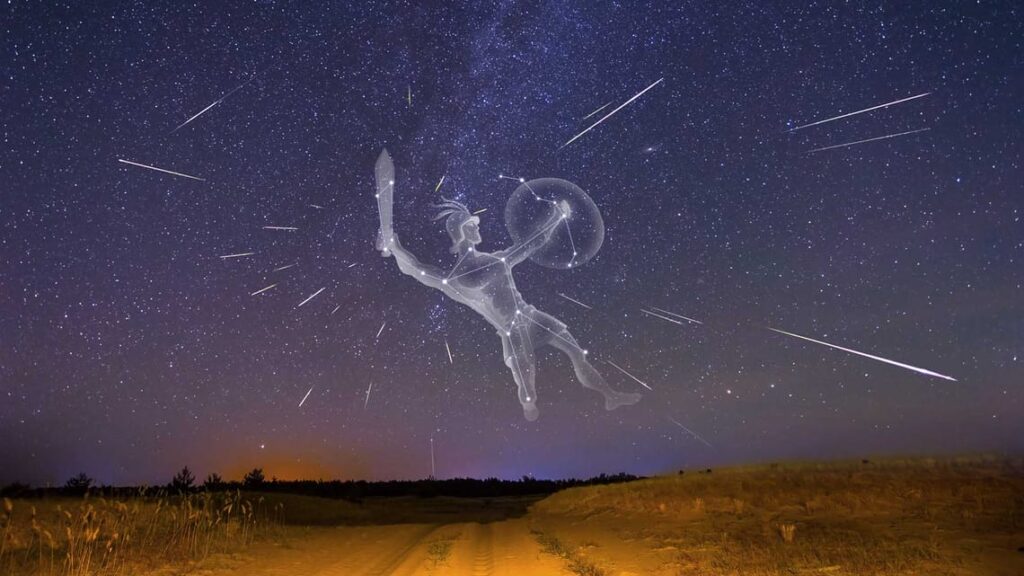October is always a magical month for skywatchers in India. With pleasant post-monsoon skies, cooler nights, and long evenings, it’s the perfect time to step outside and explore the wonders of the cosmos. This year, October 2025 brings a mix of supermoon, meteor showers, and a special view of Mercury. Here’s your complete guide to what’s happening in the night sky.
Astronomical Events in October 2025 – Skywatching Guide for India
October 6 and 7 – The October Supermoon
On the night of October 6, we’ll witness the supermoon – when the Moon comes closest to Earth in its orbit and appears bigger and brighter than usual.
* Look east just after sunset to watch the huge golden Moon rising.
* In India, the supermoon will be visible throughout the night (if the skies are clear).
* It’s a great time for casual photography – capture the Moon rising behind trees, temples, or city skylines.

October 6–10 – The Draconid Meteor Shower
Just after the supermoon, the Draconid meteor shower will be active.
* Peak: Around October 8–9, but meteors can be seen from October 6–10.
* Best time in India: After sunset until midnight (Draco constellation is higher in the northern sky during evening).
* Unlike most meteor showers, the Draconids are better seen in the evening hours, not early morning.
* Expect about 10 meteors per hour under dark skies, though the supermoon’s brightness may reduce visibility this year.

image source – starwalk.space
October 21 – The Orionid Meteor Shower Peak
The Orionids, one of the most reliable meteor showers, will peak on the night of October 21–22.
* Active period: September 26 – November 22.
* Peak in India: Late night of October 21 and early hours before dawn on October 22.
* You can expect around 20 meteors per hour in dark skies.
* Look towards the eastern sky after midnight – the meteors will appear to radiate from the Orion constellation (near Orion’s Belt).
* The Moon will be in its waning gibbous phase, so its brightness may affect visibility slightly, but bright Orionid meteors should still be visible.

image source – starwalk.space
October 29 – Mercury at Greatest Eastern Elongation
Mercury, the smallest planet in our solar system, will reach its greatest eastern elongation on October 29.
* This is the best time to see Mercury in the evening sky.
* Look low in the western horizon after sunset. Mercury will shine as a small bright dot just above the glow of twilight.
* A pair of binoculars will make spotting Mercury easier, especially from cities.
Additional Astronomical Events in October 2025
Moon — Saturn conjunction (October 6)
On October 6, the Moon will pass close to Saturn (about 3.5° north) in the sky.
— This is a nice sight especially with binoculars or a small telescope.
— In India, you might see the Moon and Saturn in the same field of view in the evening.
Moon — Neptune conjunction (October 6)
Also on October 6, the Moon will lie near Neptune (about 2.3° away) in Pisces.
— Neptune is dim, so you’ll need a telescope to pick it out, but for enthusiasts this is a subtle pairing to watch.
Moon near Pleiades (October 10)
On October 10 the Moon will pass close to the Pleiades star cluster (M45) (distance around 0.36°)
— This makes for a beautiful scene: a bright Moon near the delicate Pleiades.
— Best seen after moonrise in the evening sky.
Moon conjunct Jupiter (October 13)
On October 13, the Moon (about half illuminated) will be near Jupiter (about 4.2° separation)
— A nice opportunity to see a bright planet and our Moon together.
Moon near Venus (October 19)
On October 19, the Moon will pass near Venus (separation ~3°)
— You may spot a crescent Moon and brilliant Venus together in the western sky after sunset.
Moon – Mercury / Moon – Mars conjunctions (October 23)
On October 23, there are two noteworthy conjunctions:
* The Moon will be about 4.3° south of Mars.
* The Moon will also be about 2.2° south of Mercury
— These are subtle, but interesting to note, especially with binoculars or in a dark sky.
Comet candidates – Comet C/2025 R2 (SWAN) & Comet C/2025 A6 (Lemmon)
A particularly exciting addition: two comets may become visible around the peak of the Orionid meteor shower (October 20–23).
* Comet C/2025 R2 (SWAN) may brighten to ~magnitude 4 and pass near ~0.27 AU of Earth.
* Comet C/2025 A6 (Lemmon) might also reach similar brightness (~mag 4) around the same time.
Because the Orionid peak will fall near a new Moon, the sky will be dark — making it a favorable time to try and spot these comets along with meteors.
